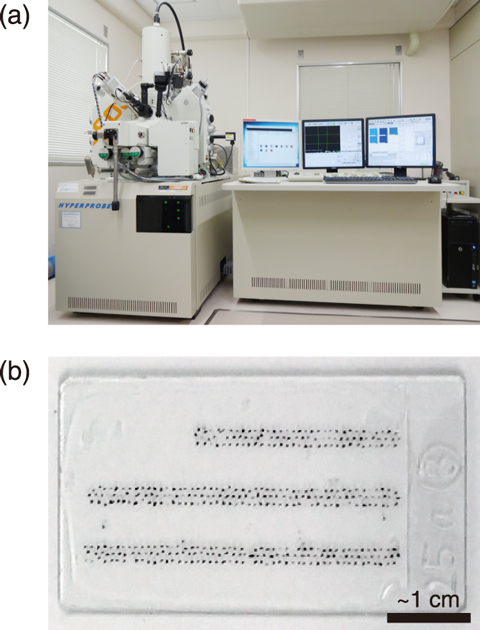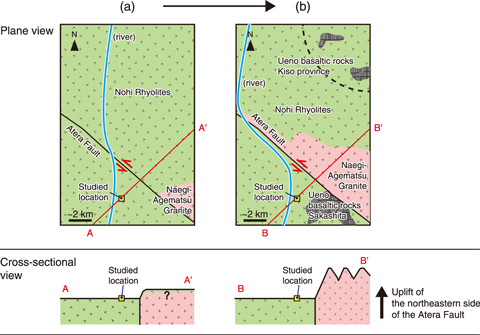
Fig.8-21 Electron probe microanalyzer (EPMA) and a prepared sample

Fig.8-22 Geological outline showing the sampling point of the Toki Sand and Gravel Formation and surrounding geology
Safe geological disposal of high-level radioactive waste requires an understanding of mountain uplift, as this affects the long-term stability of the groundwater flow system.
Provenance analysis is an effective approach for understanding the mountain uplifting process. Discrimination of a category of minerals based on chemical features can be useful as a tool for provenance analysis because several kinds of minerals are resistant to weathering. Moreover, those minerals could be concentrated, but their chemical compositions have the potential to serve as indexes for provenance analysis. However, mineral identification using optical microscopy for large amounts of fine sands is time-consuming and poses a non-negligible risk of misidentification.
Therefore, an electron probe microanalyzer (EPMA) was used to perform rapid chemical analyses of a multitude of minerals extracted from the sediment and candidate provenance rocks in the studied area (Fig.8-21(a)). Provenance analysis requires the analysis of a large amount of mineral grains to grasp the overall trend of the sample. Optimizing the operating conditions to allow for the shortest possible measurement time allowed each grain to be analyzed in approximately three and a half minutes. The mineral grains were analyzed continuously, as this method does not require grain-by-grain analysis under a microscope (Fig.8-21(b)). The chemical composition data was then used to automatically identify mineral species using a spreadsheet software based on the criteria from existing data.
This method was applied to sediment samples taken from the Toki Sand and Gravel Formation in central Japan. Because the Nohi Rhyolite and Naegi-Agematsu Granite of the candidate provenance rocks in the studied area have similar formation ages, distinguishing them using grain-by-grain radiometric dating is difficult. Thus, their mineral and chemical compositions were the focus.
The result of the provenance analysis indicated that the Naegi-Agematsu Granite was exposed to the land surface in the provenance of the sampling location after deposition of the lower member, which is consistent with its gravel composition (Fig.8-22). This change could be explained by the uplift and denudation of the Atera Mountains associated with reactivation of the nearby Atera Fault, which has been estimated in previous studies.
The developed methodology for the quick quantification and mineral identification using EPMA therefore can contribute to provenance analysis focused on abundance ratio and chemical composition of minerals. This achievement will contribute to achieving efficient provenance analysis and to the development of research in the field of earth sciences.
This study was partly supported by the Agency of Natural Resources and Energy (ANRE), the Ministry of Economy, Trade and Industry (METI), Japan.